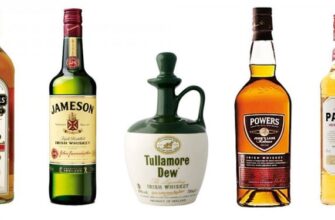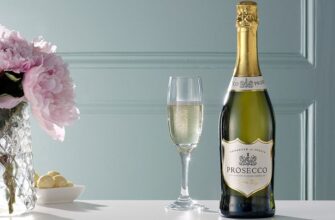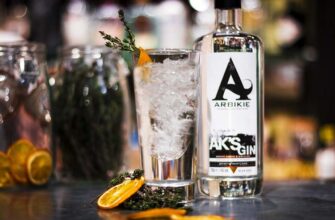Beer is one of the most popular alcoholic drinks, and its consumption surpasses any other on earth. Beer is considered the third most popular drink, after water and tea. Beer can be found almost anywhere, from a summer cottage to high-end restaurants.
In this guide, we'll take a look at the history of the drink, its manufacturing process, and some popular beers that are worth your while. If, like me, you like to enjoy a cool beer outdoors, in a bar or restaurant during hot summers, this guide is for you!
To this day, in our country, and in the CIS countries, beer is considered a youth drink and the image of guys with a bottle of beer in the yard is constantly spinning in my head. However, all over the world, beer is more common among middle-aged men.
Beer, during its existence, has earned a reputation as a drink for the commoner (read the people). He was rarely served in the royal refectory, not savored in the royal bedchamber. Nevertheless, for many countries beer is a national drink, where almost every bar brews its own unique beer. That is why there are about a thousand varieties in the world that can be tasted in different parts of the world.
Beer history
Beer is one of the oldest drinks, the history of which begins in the early Neolithic (approximately 9500 BC) from the time when man began to grow crops. The earliest confirmed beer remains, dating from 3500-3100 BC, were found at Godin Tepe in the Zagros Mountains (western Iran). In addition, remnants of beer have been found in ancient Sumeria, Egypt and Assyria.
 Beer was mentioned on frescoes in Egypt
Beer was mentioned on frescoes in Egypt
The ancient Sumerian clay tablets mention the hymn to the goddess of beer – Ninkasi, where, among other things, recipes for making a barley drink were recorded.
Beer is mentioned in the laws of Hammurabi (Babylon). In 1974, mentions of several types of beer were discovered in the city of Ebla (the remains are dated to about 2500 BC).
In another part of the world, in China, beer began to be produced in 7000 BC. It was a malted rice and fruit based beer drink.
Beer has been widespread in ancient Greece since about 700 BC. In the Roman Empire, beer was not very popular, unlike wine. However, Roman historians have mentioned that the Germanic and Celtic tribes used fruits, plants, spices, and honey to make beer. In those days, hops were not yet used, only in the Middle Ages, when beer production moved to monasteries, monks began to use hops as a preservative.
In 1516, Wilhelm IV, Duke of Bavaria, signed the Reinheitsgebot (German 'Reinheitsgebot' for cleanliness) – a law governing beer production to this day. Wilhelm IV, an avid beer fan, declared that beer can be called 'beer' if the drink is made from only three ingredients: water, hops and malt.
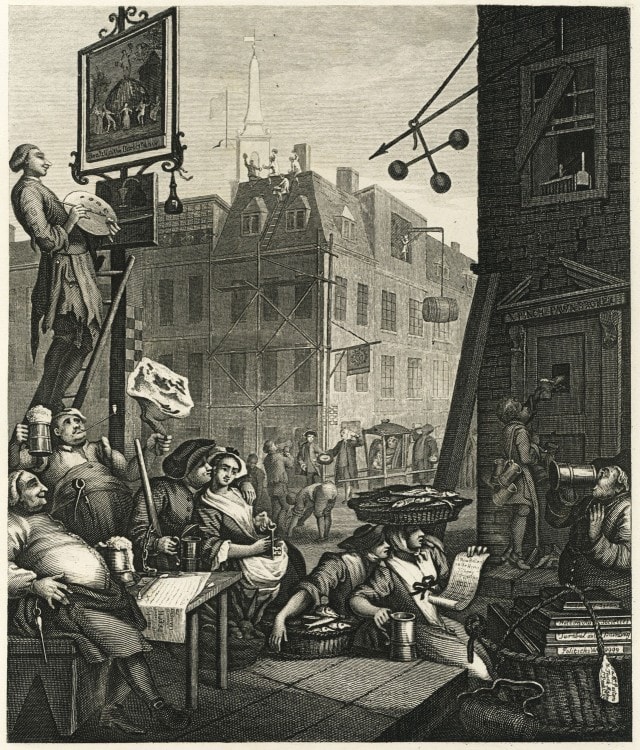 'Beer Street' – engraving by artist William Hogarth – 1751
'Beer Street' – engraving by artist William Hogarth – 1751
Beer began to gain popularity in Europe, and during the industrial revolution it began to move from monastery cellars to factories. The industrial production of beer for both the domestic and foreign markets began.
Today, along with the industrial beer giants, there are several thousand small breweries. About 190 billion liters of beer are produced annually in the world with a turnover of about $ 420 billion. It is the most popular alcoholic beverage in the world, the competitors of which are far behind.
 The old method of assessing beer readiness
The old method of assessing beer readiness  King Gambrinus – a legendary king believed to be the inventor of brewing
King Gambrinus – a legendary king believed to be the inventor of brewing 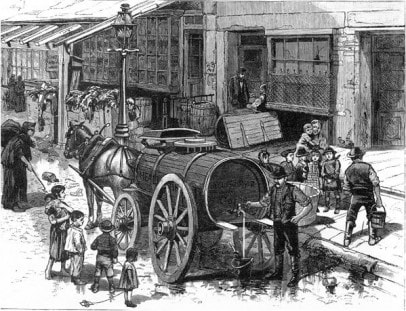 Beer cart
Beer cart 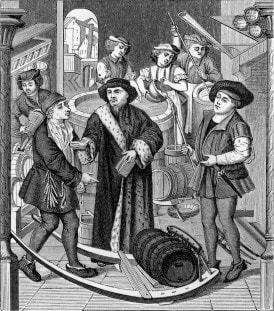 Antique engraving on beer theme
Antique engraving on beer theme
Beer production
Regardless of what kind of beer you prefer, all the ingredients are practically the same, both in the production in the Czech Republic and in the production in China: water, malt, hops, sometimes yeast.
The process of making beer is called brewing. The beer that is brewed for sale is made in breweries. But there are also home breweries where homemade beer is brewed. Today, there is a fairly large assortment of home breweries on the market that allows you to brew your own beer.
By the way, in some countries, making alcoholic beverages at home is prohibited, including beer. In America, Great Britain or Australia, it was allowed to make their own alcohol only in the 60s – 70s of the XX century. It has become possible to make moonshine in Russia since 1999. After the relaxation of the law, many turned brewing into a hobby. In Europe, there are cases of home breweries producing recipes that were later used in breweries.
Beer production stages
With all the variety of methods for brewing beer, the main stages of the technological process can be distinguished.
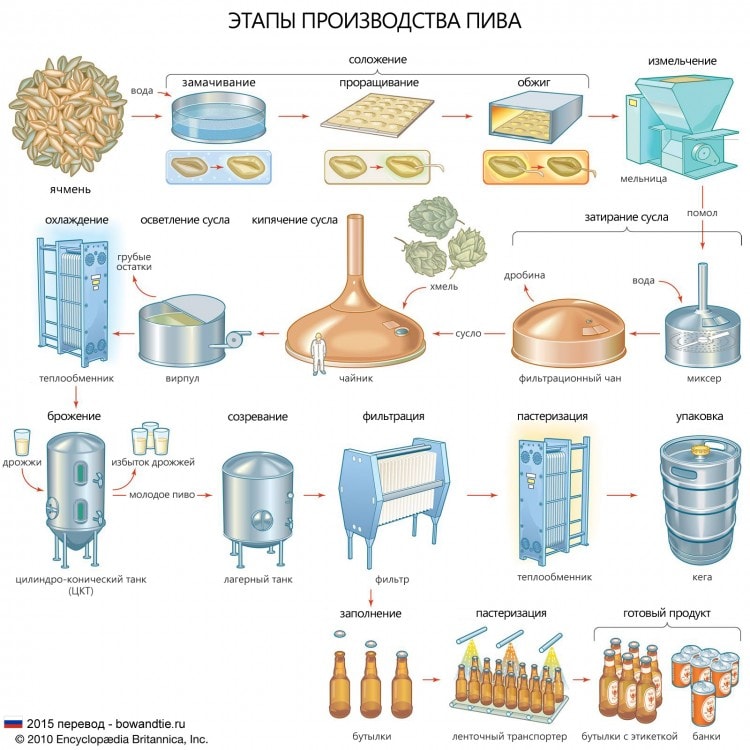 Beer production stages – scheme (clickable)
Beer production stages – scheme (clickable)
- Malt processing
The process includes germinating the kernels (usually barley), drying the kernels, and removing the sprouts. When the grains are germinated, the starch is broken down into sugar, which is essential for the fermentation process.
Depending on the degree of drying, there are different types of malt: light, dark and black. For dark and caramel beers, the malt is even toasted, resulting in the sugar turning into caramel.
- Mashing the wort
Depending on the recipe, a mash is prepared before the direct brewing of beer – a mixture of crushed grains of various degrees of drying and roasting and water. The mixture turns into a sweetish gruel due to the sugar in the malt. Next comes the heating process to 50-72 degrees Celsius, where proteins are broken down, as well as small and large fermentation.
In some cases, the mash is even boiled, especially if unmalted (non-sprouted) raw materials are used: barley, corn, rice. The mash is also boiled when making dark beers.
- Mash filtering
Filtration takes place in a vat, where grains are separated – undissolved mash residues and unhopped beer wort – a useful solution prepared for fermentation.
- Boiling the wort
For 1-2 hours, the wort is boiled with the addition of hops and other ingredients, according to the recipe. During boiling, the bitterness from the hops disappears and the solution acquires the characteristic taste and aroma of beer.
 Reisch Brewery Wort Boiling Equipment – 1933
Reisch Brewery Wort Boiling Equipment – 1933 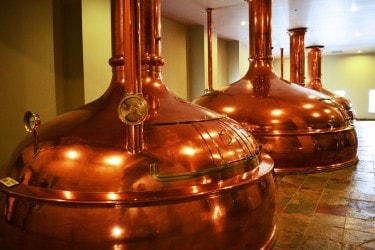 Modern equipment for boiling wort
Modern equipment for boiling wort
- Wort clarification
After boiling, the hop wort is pumped into a whirlpool bath called a whirlpool. Under centrifugal force, the barley and hop residues are separated.
- Wort cooling and aeration
The purified wort is pumped into the fermentation tank, while being saturated with oxygen necessary for the fermentation process.
- Wort fermentation
In the fermentation tank, yeast is added to the wort, after which the sugar contained in the wort is converted into alcohol and carbon dioxide. Depending on the type of beer, a different temperature regime is maintained in the fermentation apparatus. The fermentation period also depends on the type of beer. Depending on the technical process, top-fermented and bottom-fermented beer is obtained. The latter is sent to maturation in camp tanks.
- Beer maturation
The beer is pumped into lager tanks, where it matures for a couple of tens of days under low pressure and temperature. The result is a young beer, which can be found under the name 'unfiltered', 'live' or 'unpasteurized' beer.
- Filtration of beer
After the young beer is received, it is pumped over for filtration. There are different filtration methods, the main purpose of which is to remove yeast residues and / or to extend the shelf life of the beer.
- Pasteurization
Pasteurization is heating the beer to a temperature of 68-72 degrees Celsius, due to which the shelf life of the beer is significantly increased, but the taste of the beer deteriorates (according to experts).
- Carbonization
Before pouring beer into a container, the beer is saturated with carbon dioxide – carbonation. Typically only breweries do this.
- Filling the finished drink
Finished beer is poured into various containers: glass bottles, aluminum cans, PET containers, kegs.
Beer classification
At the moment, there is no single international classification of beer. However, there are some indications by which different beers can be classified.
Raw material classification
As we already know, in Europe, beer can be called 'beer' only if there are three components: water, barley and hops (you can add shudder, then there will be four). However, in other countries, the drink can be made from different raw materials. Thus, beer can be classified based on different grains:
- Barley;
- Rye;
- Rice;
- Corn.
In addition, there are varieties that are not entirely cereal-based, for example:
- Banana;
- Dairy;
- Herbal;
- Potato;
- Vegetable;
- Fruity.
Color classification
The color of the finished beer depends entirely on the composition of the raw material. The more dark malt and the stronger the roast, the darker the beer becomes. Color separation is widely used in Europe and Russia:
- Light;
- Semi-dark;
- Dark;
- Red;
- White;
- Mixed.
The latter is obtained by mixing light and dark beers.
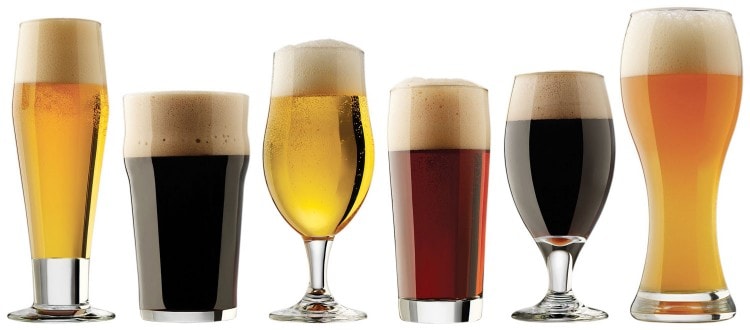 Color classification
Color classification
By the way of fermentation
Most beer producers consider the main classification of beer to be the way of wort fermentation. There are only two ways:
- Bottom-fermented beer – brewed at 4 to 9 ° C.
- Top-fermented beer – brewed at temperatures between 15 and 25 ° C.
Sometimes producers use consecutively one and the other fermentation method to obtain different types of beer. The color of the beer is independent of the fermentation method. Dark beers can be either ale (top-fermented) or lager (bottom-fermented).
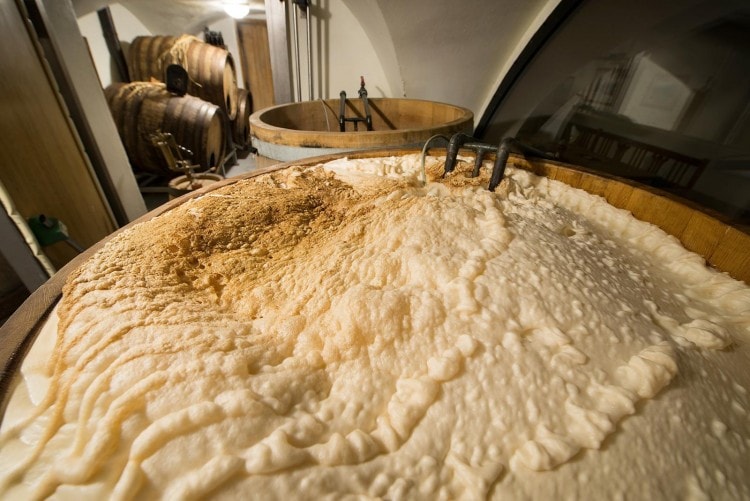 So wort wanders in the Czech Republic
So wort wanders in the Czech Republic
Beer varieties
Despite the rather monotonous brewing process, there are many types of beer. Typically, the type of beer reflects the geographical location of a particular brewery, due to the use of certain additional ingredients.
Let's take a look at the world's most popular beer varieties.
Lager
From German 'lagern' means 'to store', hence the name 'Lager'. Lager is the most common type of beer, accounting for 80% of the world market. In the manufacture of Lager, bottom fermentation is used, followed by fermentation (maturation) at a low temperature from 20 to 120 days (sometimes even more). Typically, Bavarian breweries use beer settling vaults where temperatures remain low throughout the year. The rest cool the beer in refrigerators.
Lager brands that can be found in stores:
- Amstel
- Fosters
- Carlsberg
- Budweiser
- Castlemaine
- Becks
- Corona
- Stella artois
- Kronenbourg
- Heineken
- Grolsch
- Löwenbräu
- Old bobby
- Baltika
- Krušovice
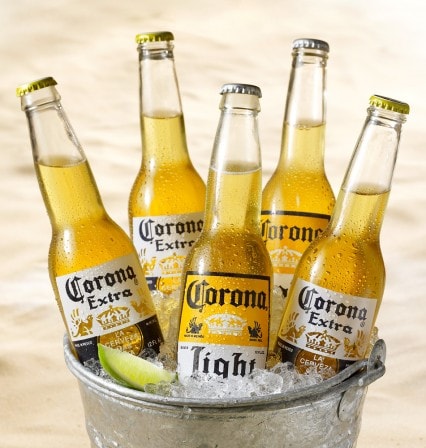 Lager beer Corona
Lager beer Corona 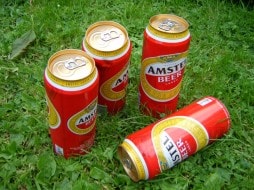 Lager beer Amstel
Lager beer Amstel 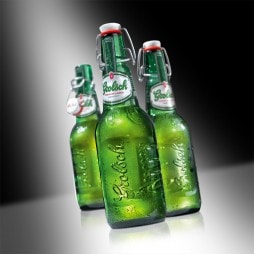 Lager beer Grolsch
Lager beer Grolsch  Lager beer Krusovice
Lager beer Krusovice 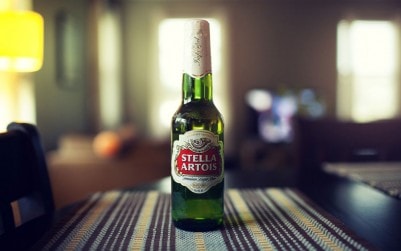 Lager beer Stella Artois
Lager beer Stella Artois
Pale Ale
Literally, 'Pale Ale' translates as 'pale ale' and is considered one of the varieties of English beer. El is essentially synonymous with beer.
Pale Ale is made from top fermentation with a low carbon dioxide content and the use of a special type of malt, which gives the beer a bronze hue. Another feature of 'pale ale' is the addition of more hops than usual. This made it possible during the British colonial era to transport beer over long distances, since hops are a good preservative.
The best pale ale is brewed in the English cities of Burton and Tadcaster.
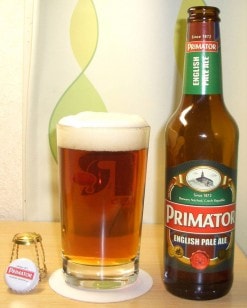 Primator Pale Ale
Primator Pale Ale  Pale Ale London Pride
Pale Ale London Pride  Smithwick's – Pale Ale
Smithwick's – Pale Ale
Porter
Porter is a dark beer with a wine flavor and a strong malt aroma. Porter has both sweetness and bitterness, which makes it a 'no-nonsense' beer.
Porter is made from dark malt with the addition of burnt sugar (in fact, turned into caramel). Defend beer for 60 days.
Contrary to popular belief that porter is a very strong beer, classic English porter has a strength of no more than 5%.
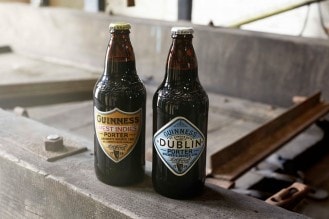 Guinness Dublin Porter and West Indies Porter
Guinness Dublin Porter and West Indies Porter 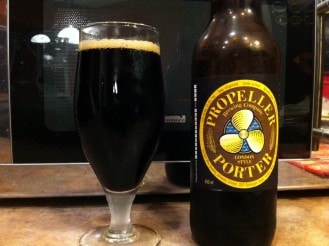 London Style Porter by Propeller Brewing Company
London Style Porter by Propeller Brewing Company  Fullers london porter beer
Fullers london porter beer
Stout
Stout is a dark beer made from roasted malt and roasted barley. In addition, special slow fermentation yeast is used to ripen the drink. Stout is a type of dark Porter beer.
This type of beer is very popular in Ireland and England. Stout is usually either adored or hated. This is his taste.
There are 3 types of stout: Baltic porter, Dry stout and Imperial stout.


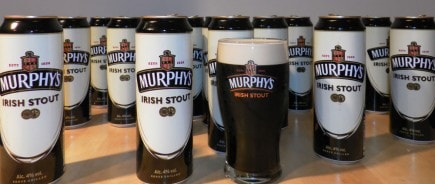
 Guinness beer
Guinness beer
Lambic
Lambic is a type of Belgian beer that is self-fermented in wine barrels. Lambic production is similar to wine production. For boiling the wort, hops aged for at least 3 years are used. The brewed mixture is pumped into wine barrels, where fermentation takes place on the basis of 'wild' yeast, which remained on the walls of the barrels after aging the wine. Fermentation takes place for about a week, after which the beer is pumped into tanks, where it is aged for several years!
Lambic spills are also unusual. Young and old aged varieties are blended together to obtain the desired flavor. And only then they pour it. There are only 6 lambic producers worldwide.
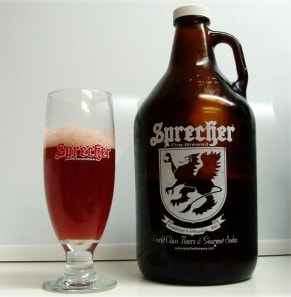 Sprecher Cherry Lambic
Sprecher Cherry Lambic  Belgian lambic
Belgian lambic 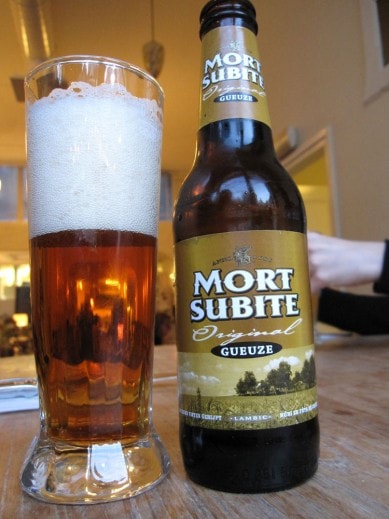 Beer Lambic Mort Subite Gueuze
Beer Lambic Mort Subite Gueuze  Rivertown lambic
Rivertown lambic
Altbier
Altbier is a dark beer native to Dusseldorf, Germany. It is a traditional top-fermented beer that could be allowed to stand before refrigeration at 15-20 ° C. A little later, when refrigerators were invented, a bottom-fermented variety appeared – Lager. It matures at 4-9 ° C.
The share of the Altbier variety in Germany today is about 2-3%. You can taste it directly in the bars of Dusseldorf. Altbier has a pronounced hop flavor, has an amber-reddish color and a very stable foam.
 Uerige Dusseldorf Altbier
Uerige Dusseldorf Altbier 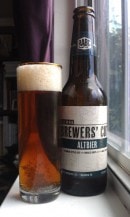 Real ale brewers cut altbier
Real ale brewers cut altbier 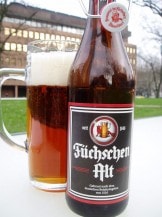 Füchschen Altbier
Füchschen Altbier 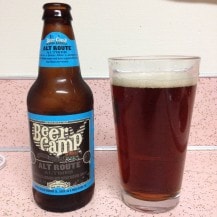 Beer Camp Alt route
Beer Camp Alt route
Kölsch
Kölsch is a light beer brewed exclusively in Kölsch, Germany. Kölsch can be called beer brewed in certain regions, which are enshrined in the 'Kölsch Convention'.
This is a top-fermented beer with a bitter taste with a hop flavor. It is customary to serve chilled to 8-10 ° C, since at this temperature the aroma is best revealed. Kölsch is drunk in special glasses with a volume of 0.2 to 0.4 liters. Some traditional bars serve half a kölsch with a volume of 0.1 liters.
Note. When traveling in Germany, do not try to ask for a drink of Kölsch in Dusseldorf. And in Kölsch, pour you Altbier. You can be misunderstood and offended, as in every city they think their beer is better than another. You should have seen the eyes of a bartender in the city of Dusseldorf when I asked him to pour Kölsch …
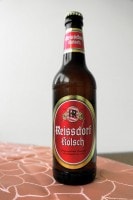 Reissdorf kölsch
Reissdorf kölsch  Früh kölsch
Früh kölsch  Long kölsch
Long kölsch  Gaffel Kölsch
Gaffel Kölsch
Interactive Beer List
We have prepared an interactive beer table for you, where you can view even more beers than we covered in this article.
 Interactive Beer List
Interactive Beer List
Finally
Beer is considered the 'commoner drink' or 'worker's drink'. To some extent, this is true, since beer is relatively inexpensive and anyone can afford it. On the other hand, such people as Catherine II, Benjamin Franklin, Ernest Hemingway, Michael Jackson, Johnny Depp, Arnold Schwarzenegger adored and adore beer. That is why I can easily imagine a wealthy gentleman with a beer in a very expensive restaurant.
There is a huge variety of beers. Whole beer festivals are held (for example, Oktoberfest in Munich). There are separate 'Beer Tours' in Europe, where you are taken across countries to taste the traditional beer of certain places. I am sure that you will always find exactly the kind of beer that will not leave you indifferent.
I will be very happy if you write your favorite beer or brand. Leave your comments, maybe someone will discover a new type of beer that he will like.


